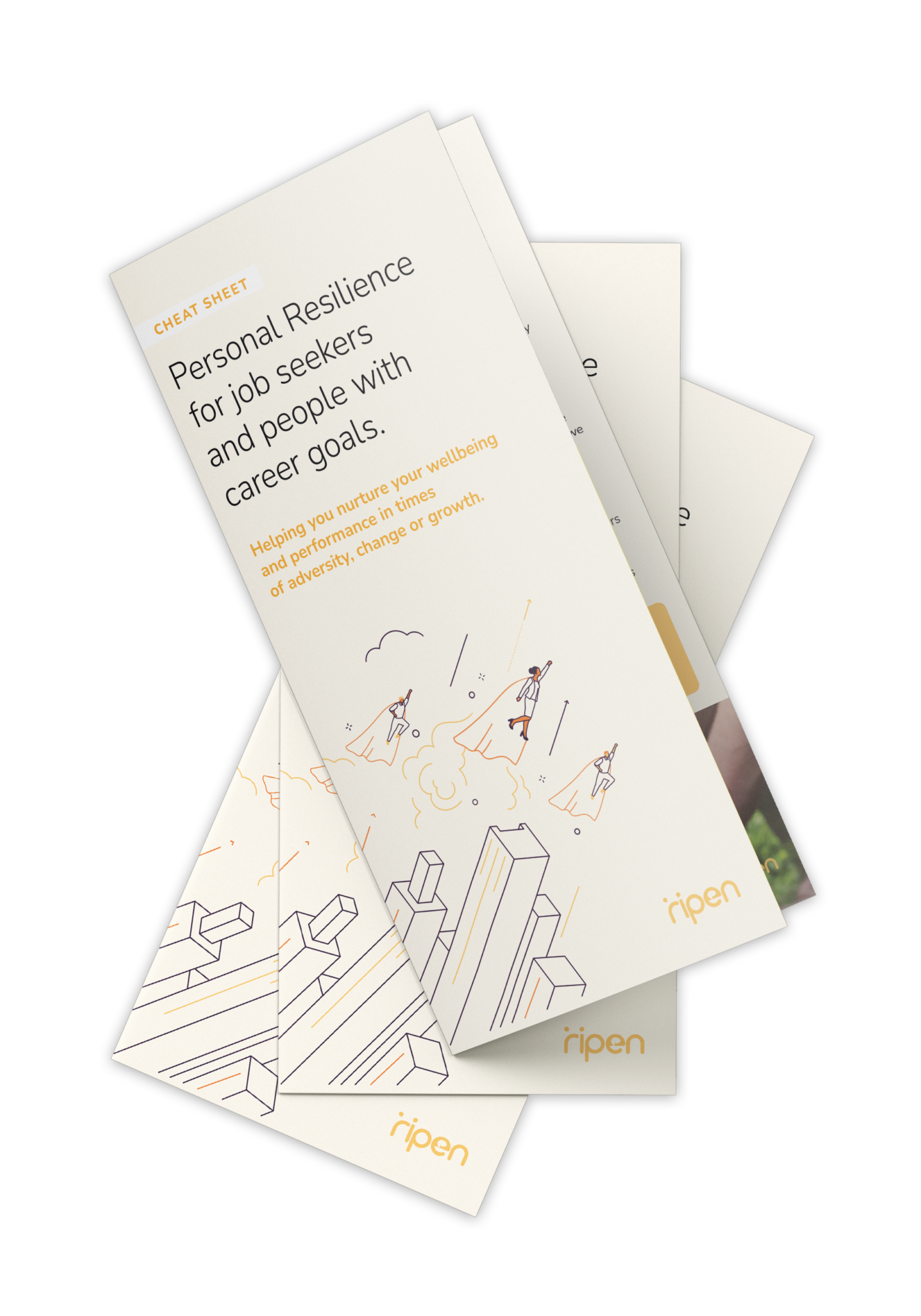
Building mental strength
Three quick and easy mental strength exercises in less than 5 minutes a day. (5 mins)
THEORY
There are many mental strength building exercises available, but here are three very quick and simple exercises you can do in less than 5 minutes a day!
BRAIN HACKS
Being Grateful
This daily exercise involves focusing your mind towards noticing the things you are grateful for.
Many studies have proven that practicing gratitude increases happiness and reduces depression. Humans are hard wired to look for dangers and threats in the environment, it’s how we’ve evolved and survived, but this natural tendency to focus on our burdens and worries actually robs us of our mental strength. Conscious mental effort is needed to turn our mind towards noticing things to be grateful of, but the physical benefits of gratitude becoming a daily habit include improved sleep and increased immune system functioning.
You can start making gratitude a daily habit simply by identifying just one thing you are grateful for each day. You’ll find it easy to identify the big things you’re grateful for, like family, friends or your pet bulldog Tyson, but over time you’ll slowly start to notice smaller and smaller things that make your life more enjoyable, like your favourite restaurant now using Uber eats to offer takeaway (thanks Uber!). That’s when the magic really happens, as you become more and more aware and focused on just how much you have to be grateful for!
Once you start applying gratitude, it’s hard to stop. Checkout the hashtag #365gratitude on Instagram to see the thousands of people posting a picture a day for 365 days, sharing the things they are grateful for.
Being Mindful
This daily exercise involves directing attention to notice your thoughts and inner dialogue.
A multitude of studies have found mindfulness is linked to many physical and psychological benefits. For example, a Harvard study involved educating a random sample of hotel room cleaners on the physical benefits of their cleaning work. Four weeks after learning about these physical benefits, these cleaners showed a marked reduction in body weight and body fat, along with improved blood pressure, compared to a control sample of cleaners who were not told anything about the work they do. Simply learning their cleaning work provided physical benefits, meant these cleaners were more mindful about the benefits which in turn translated to noticeable physical improvements.
Reduced stress and a more compassionate inner dialogue with yourself are immediate benefits of using mindfulness to build your mental strength. But how can you be more mindful? Checkout this new course by brain training experts Lumosity, who have adapted age-old techniques of mental training into easy-to-learn exercises for greater relaxation and focus.
Being the ‘Action’
This daily exercise involves focusing on your desired actions, to reshape your emotions and your thoughts.
Generally speaking, human beings first think, then feel, then act (Think–Feel–Act). For example, let’s say you are required to speak in public to a large and unknown audience. Your immediate reaction might be thoughts similar to ‘I’m going to make a fool of myself in front of all these people’. These thoughts likely turn into feelings of nervousness, and when we feel nervous we tend to hunch our shoulders, avert eye contact, and participate less in productive behaviour. These actions in turn make you feel more nervous, and reinforce the thought that you are going to make a fool of yourself (Act–Feel–Think).
Just as our thoughts and emotions deeply impact our bodily actions (Think–Feel–Act), science tells us that the inverse is also true and our bodily actions can deeply impact our emotions and thoughts (Act–Feel–Think). Focusing on our actions first can actually reshape our emotions, and our thoughts. Let’s say you ignored the negative thoughts of looking like a fool, and instead focused on the actions of appearing confident. Confident people act like they can take new tasks in their stride. They straighten their posture, standing up straight and tall with their head up. They relax their face and smile, breathing slowly and deeply. They loosen their shoulders and unclench their hands. As a result they feel an instant boost in their mood and their thoughts towards attempting new tasks are optimistic and positive.
Each time you’re thoughts are leading to unproductive feelings like being worried, nervous, or unconfident, try flipping your focus away from your thoughts and onto identifying and embodying the actions you want to display. A calm and relaxed body really does create a calm and relaxed mind.
BENEFITS
Credits
Miller, M. (2017). The Mental Health Benefits of Gratitude. Harvard Health Publications: Harvard Commentaries on Health.
Crum, A. J. & Langer, E. J. (2007). Mind-set matters: Exercise and the placebo effect. Psychological Science 18, 2, 165-171.
